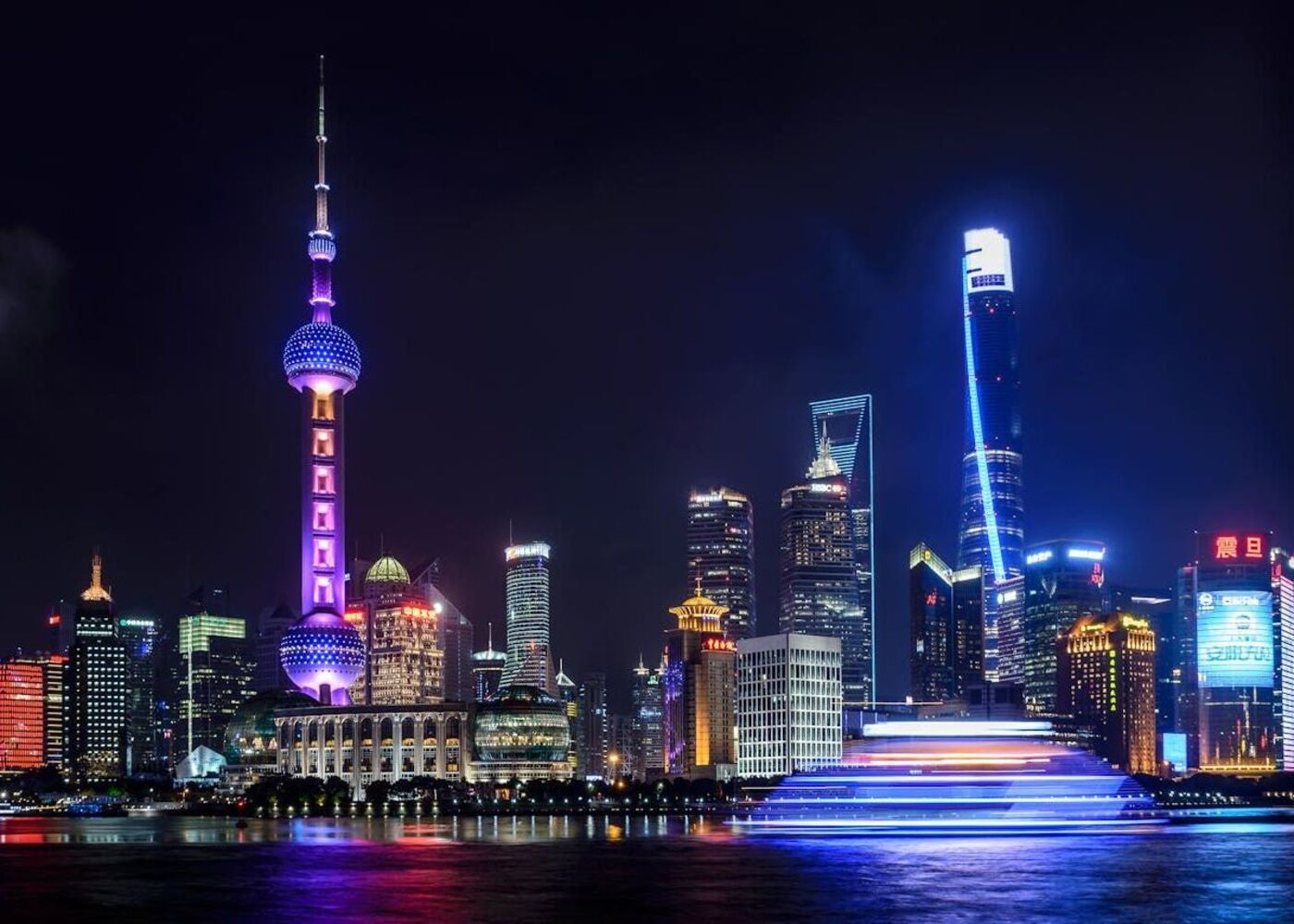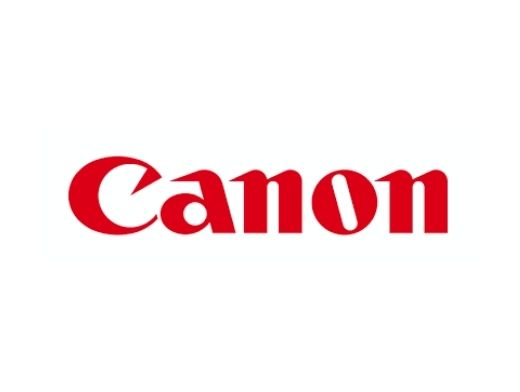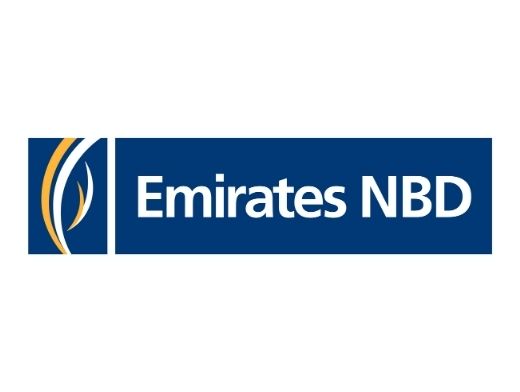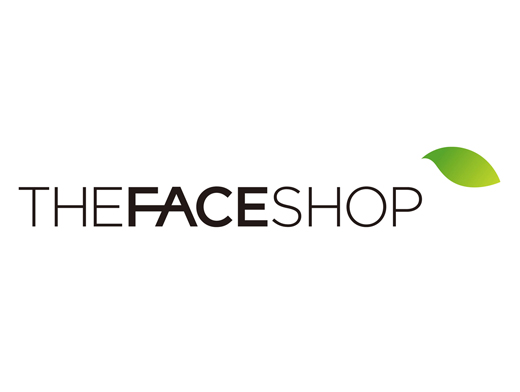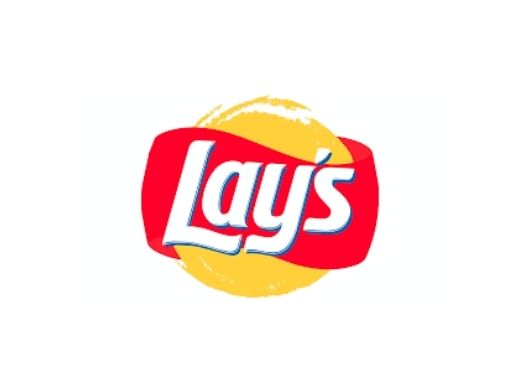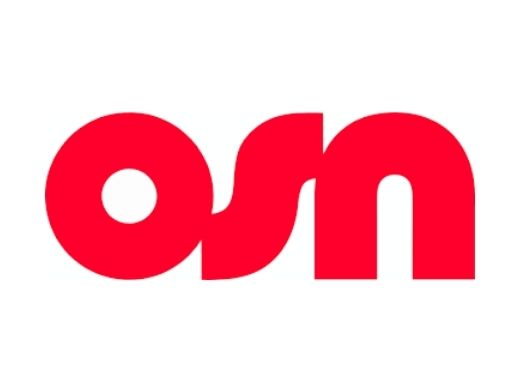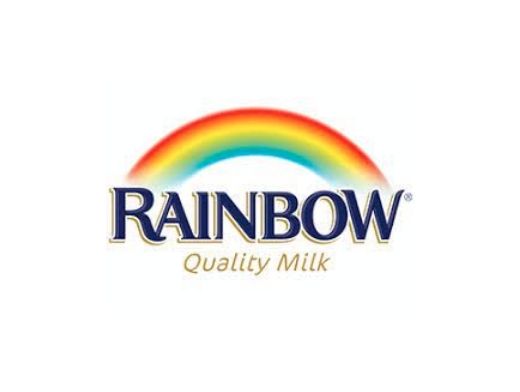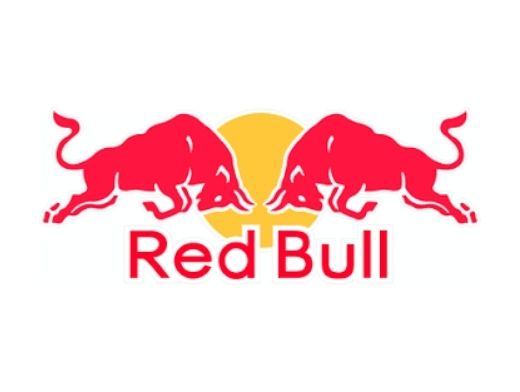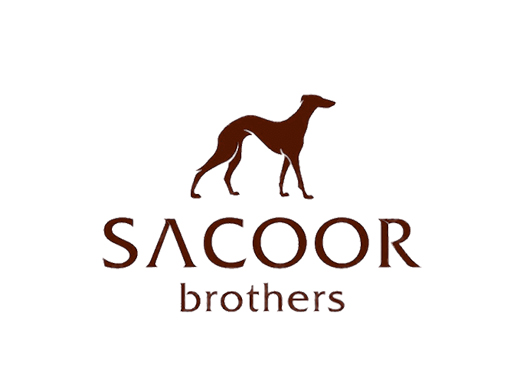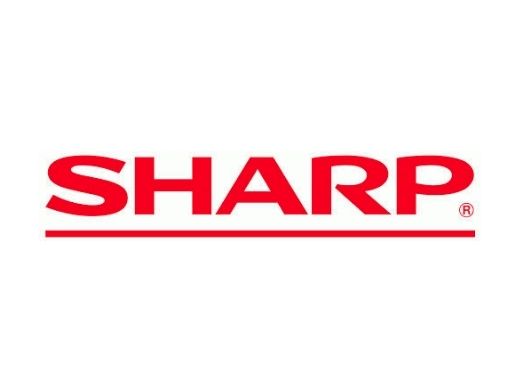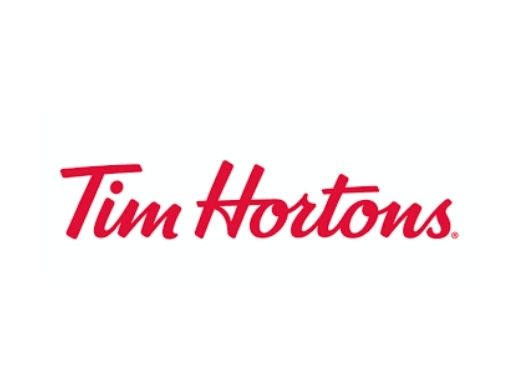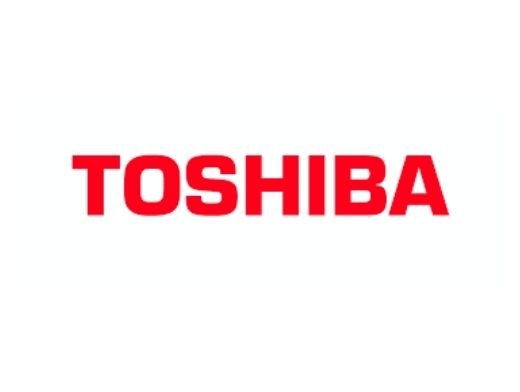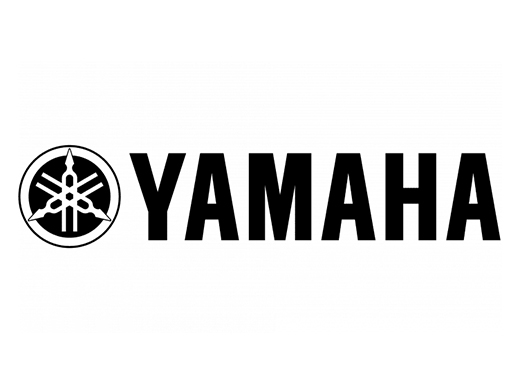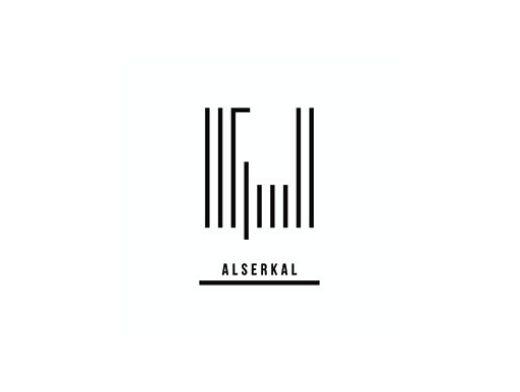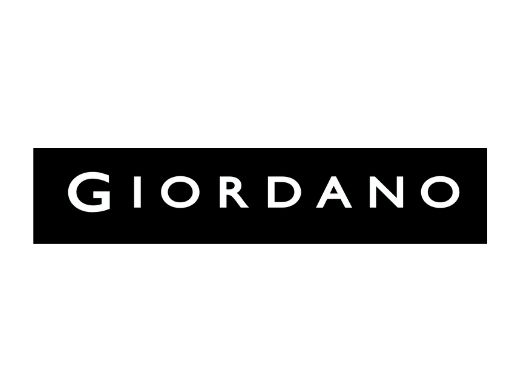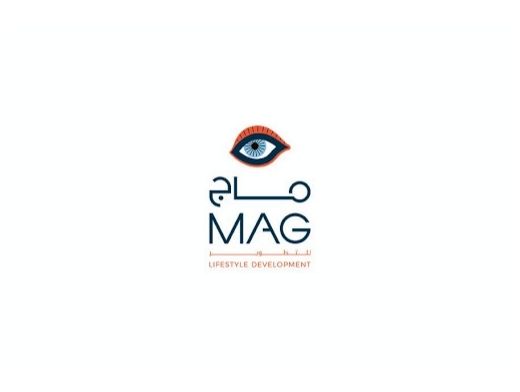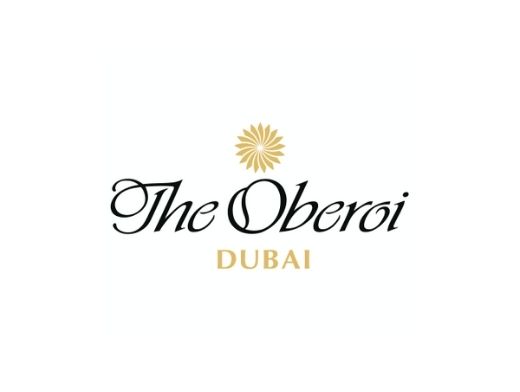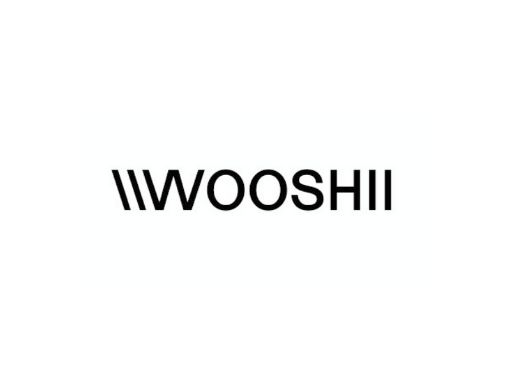Cooke S4
Created in the late 1990s, the
Cooke S4 lenses are widely used in Hollywood films and feature that classic
hexagon (stop sign) bokeh that we all know so well. They’re available in a
large set of focal lens with a consistent 110m front diameter. They’re very
modern and easy to work with on set, and for VFX work they feature the ability
to relay focal length and focus distance information. Known for their increased
contrast, minimal aberrations, healthy skin tones, warmth, consistency, and
sharpness, these lenses are literally everywhere and their quality is hard to
beat
Cooke Speed Panchro
Produced by Cooke in 1920 in
England, these spherical 7 prime lenses revolutionized the industry with their
T/2 aperture – in a time when lenses were far slower. These lenses are smaller
than modern cinema glass, and often don’t cover bigger digital sensors.
Three series of these lenses were produced SI, SII,
SIII until Cooke stopped making these lenses in the 1960s. Now, these lenses are
rehoused to work with PL mount cameras, and the quality of that rehousing
varies across the globe. True Lens Services rehousing is the most preferred
as it offers a user-friendly, standardized, smooth focus motion.
Arri / Zeiss Master Prime
Built-in partnership with Arri and
Zeiss in 2005, these 16 prime lenses come in a range of 12-150mm with a
consistent T/1.3 aperture with a standardized 114m front diameter. They’re designed to be as sharp as possible, and easy for
assistants to work with thanks to their consistency across the range.
Maintaining sharpness across the frame, these lenses
have absolutely no focus breathing or aberrations. They feature a high
contrast, which is good for modern digital sensors, and reduced flares.
However, when the DP is looking to counteract the distortion of film or for
capturing the maximum clarity with a digital sensor, this is where they turn.
Angénieux Optimo 24-290mm
Designed and released in 2001, this
workhorse zoom features incredibly high magnification and a fixed T/2.8
aperture. The focus scale remains accurate throughout the zoom range. But it is full of glass, super heavy, can’t be used handheld,
and isn’t suitable for smaller-bodied cameras. It’s however, a good single lens
for productions wanting to save money, and make reframing shots a breeze.
All stated it is very sharp but not nearly as
sharp as modern primes. There is a slight distortion in wider focal lengths
like 24mm but this lens features a versatile zoom range, solid build quality,
and consistent optical design that make it a favorite in Hollywood.
Canon K35
Launched in the 1970s & 1980s
and based on the design of their FD lenses, which many independent shooters
today adapt to their Canon EF cameras for a cool vintage look, these lenses are
rare and hard to find. The Canon K35 is very similar to super speeds with a
compact, lightweight body, and a consistent T/1.4 aperture. K35s are great for handheld, gimbal, or drone work and cover a
full-frame sensor with a sharp and lower contrast projection.
Arri DNA
Developed in
conjunction with DPs inspired by old Hasselblad lenses with the ability to
cover large format digital sensors like the sensor in the Arri 65, these very
fast lenses were released in 2016 with stops ranging from T1.6 to T2.8.
They offer great ergonomics with a smooth focus
pull, 114mm Front Diameter, and well-spaced distance markings. Like the Cooke
S4, these lenses record metadata and are great for VFX work. They offer perfect
sharpness, neutral color, great skin tones, amazing focus falloff, and dreamy
bokeh.
Conclusion
If you’re currently filming with DSLR lenses or
affordable glass, you shouldn’t be thinking that you’ve to sell your car to
pick up one of these. They were never intended for you to purchase, and you
probably wouldn’t make your money back in your investment. These lenses are
intended for rental houses, and for people like you and me to rent for specific
projects that would benefit from their customized characteristics.



